Colle San Magno, a small village in Ciociaria, owes its name to the Patron Saint Magno di Anagni, who brought Catholicism to southern Lazio.
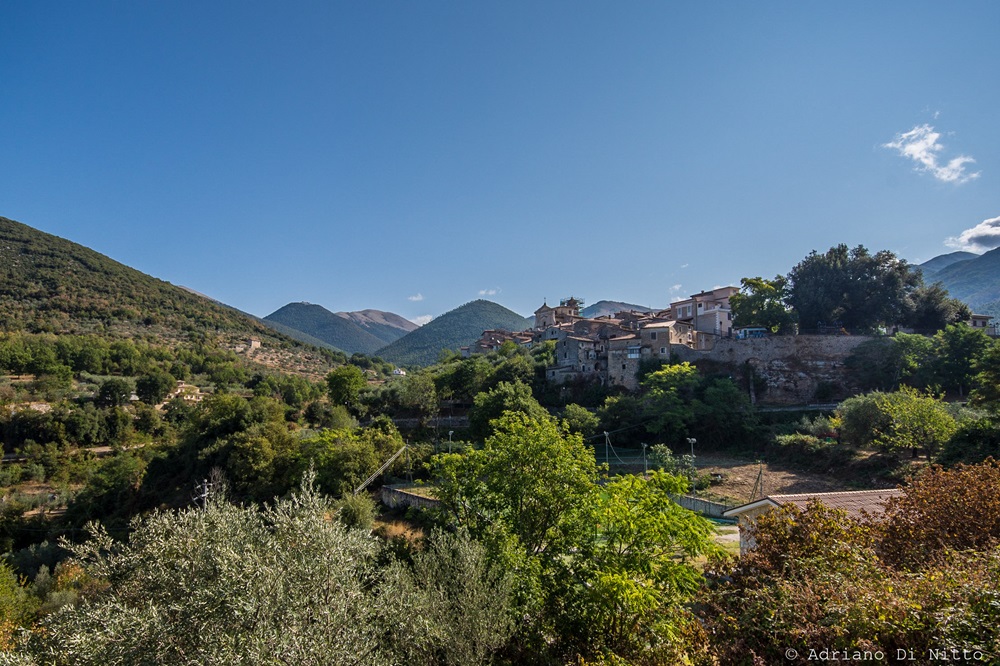
Colle San Magno immersed in the woods of the Liri Valley
The small town was founded in the eleventh century by the inhabitants of the nearby Castrum Coeli, a castle on the summit of Mount Asprano, which they abandoned due to harsh climate and lack of water.
Later, Colle San Magno respectively became a possession of the Marquises D’Avalos, the Duke of Sora Giacomo Boncompagni, and the Kingdom of Naples in 1796, by will of Ferdinand I.
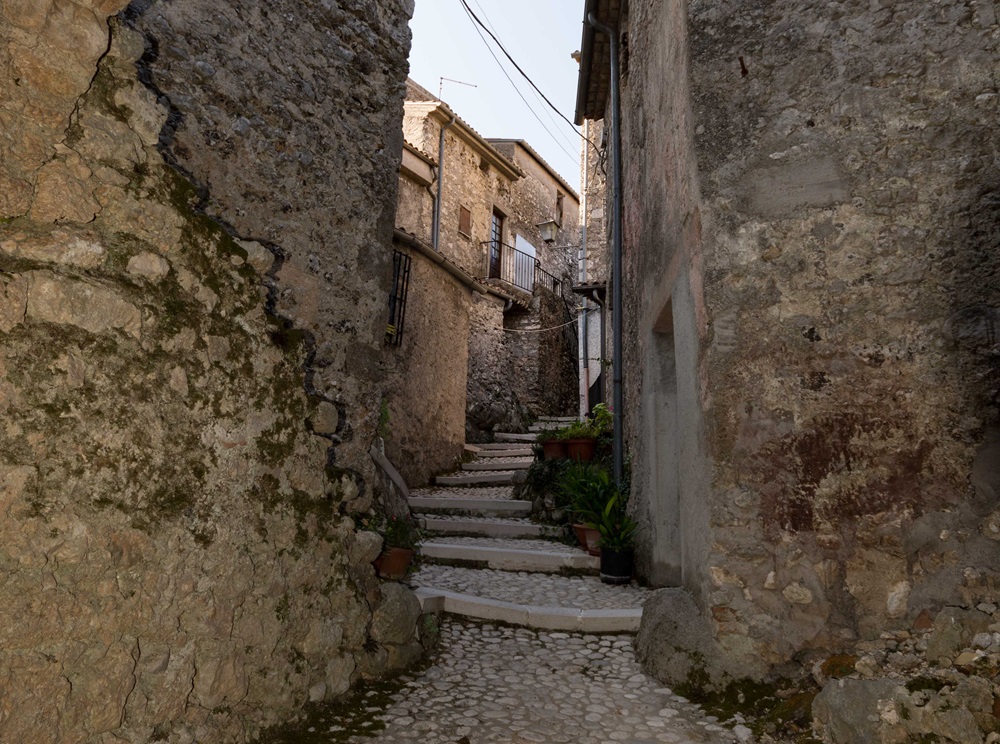
The peculiar streets of Colle San Magno
The thousand-year-old Parish Church of the Bishop and Martyr San Magno, still stands in the historic centre among buildings from various eras. Worth a visit are the Civic Tower, built around 1200-1300 and restored after the 1984 earthquake, the fourteenth-century arches, the baronial palaces, and the sixteenth-century constructions. Not to be missed, contemporary attractions, such as the artistic Fountain from 1928 in neo-imperial style in Piazza Umberto I, the ancient villagers meeting place.

The Parish Church of San Magno, Patron Saint of Colle San Magno
San Magno, celebrated on August 19, is also venerated in Anagni, whose Cathedral hosts his relics, and in Cittaducale, in the province of Rieti.
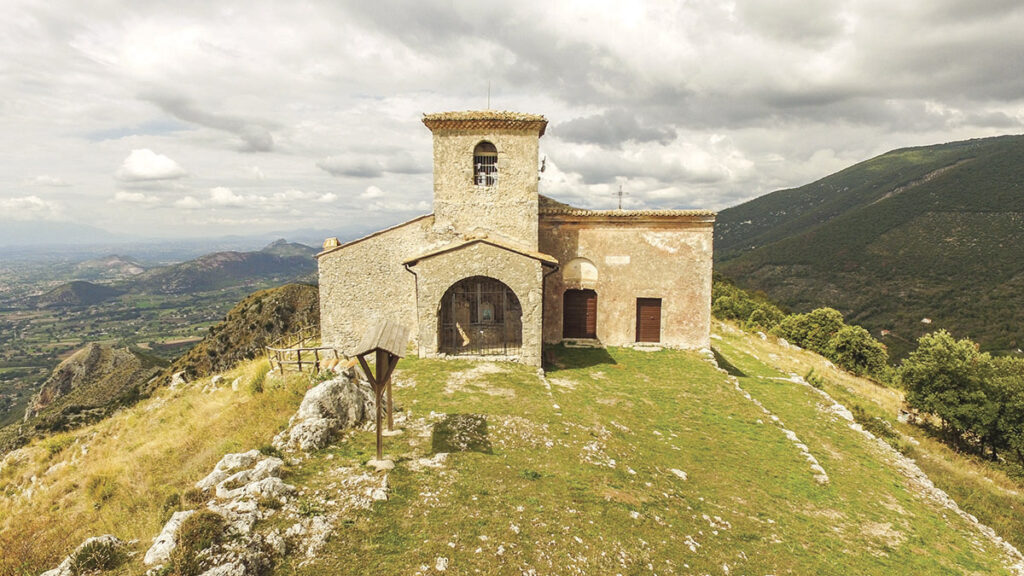
The Church of Santa Maria Assunta in Cielo – www.visitcastrocielo.it
Every year, on Easter Monday, the 1300 Church of Santa Maria Assunta in Cielo on Mount Asprano witnesses the ancient rite of the Madonnas’ Kiss. Two processions starting from Castrocielo and Colle San Magno, carry identical statues of the Virgin, who meet each other on Mount Asprano and exchange a kiss as a sign of brotherhood between the two communities. The celebration continues with music, fireworks, and tastings of typical Easter delicacies.
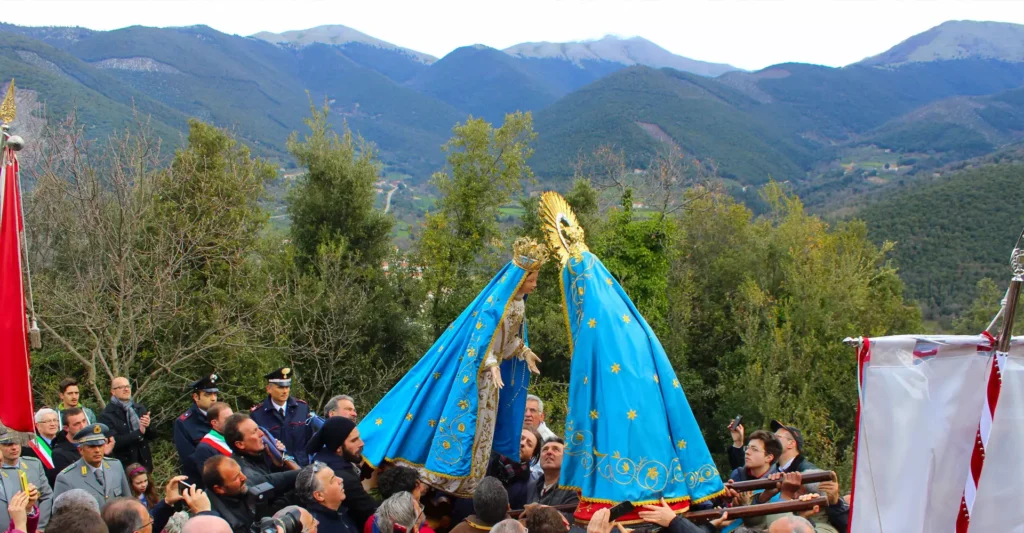
The Kiss between the two Madonnas of Castrocielo and Colle San Magno
Colle San Magno was particularly beloved by the worldwide renowned flutist Severino Gazzelloni, who often spent some time here.
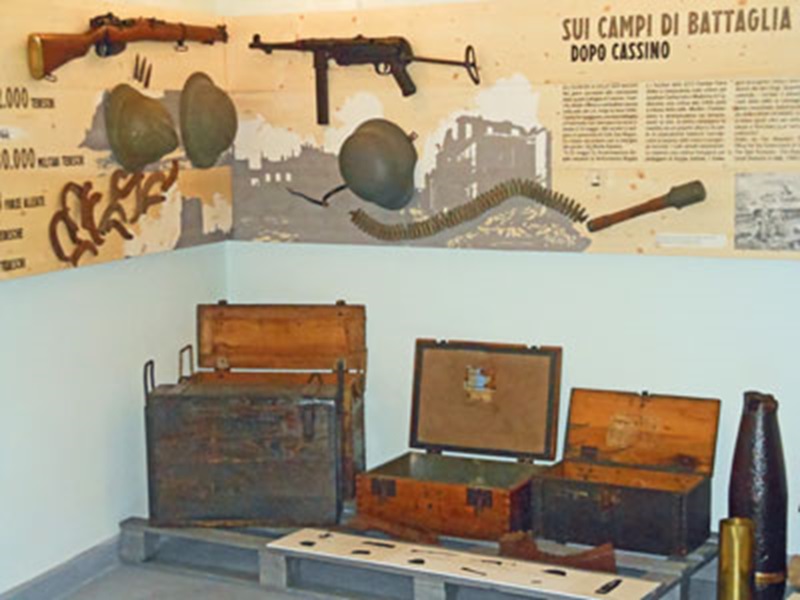
The “Museo vivo della memoria” in Colle San Magno – ph @ museovivodellamemoria.it
The small town, located in the immediate rear of the Cassino front during the Second World War, was subject to violent reprisals by the German and bombings by the allied forces, which caused numerous civilian victims and the destruction of most of the buildings. The tragic events have been reconstructed in the “Museo vivo della memoria”, an exhibition path, accompanied by audio and video testimonies, which displays objects and memorabilia spontaneously donated by local people. The Museum is visitable by reservation.
As for gastronomy, the most appreciated products are the prized truffles, the typical frionza, a bread and vegetables soup, and the pagliette, sweet doughnuts covered with whipped egg white, especially served at weddings and first communions.
